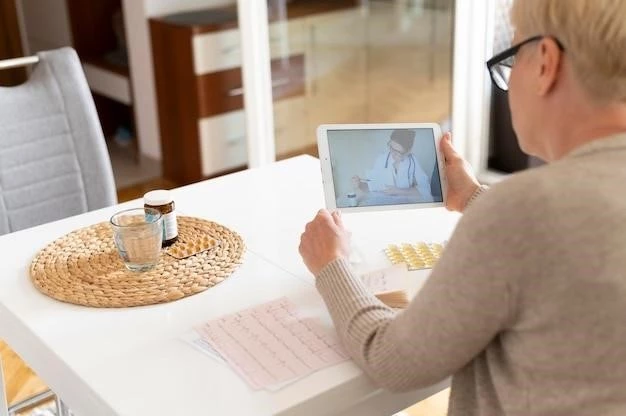The Expanding Reach of Telehealth: Breaking Barriers in Rural and Underserved Communities
Telehealth, the delivery of healthcare services remotely using technology, has emerged as a transformative force in healthcare, particularly for rural and underserved communities․ The expansion of telehealth has the potential to bridge healthcare disparities, improve access to quality care, and enhance the overall well-being of individuals in these often marginalized regions․ This article delves into the profound impact of telehealth on rural and underserved communities, exploring its benefits, challenges, and future potential․
Bridging the Gap: Addressing Healthcare Disparities
Rural and underserved communities face significant healthcare disparities compared to their urban counterparts․ Factors such as limited access to healthcare providers, long travel distances, and financial constraints contribute to these disparities․ Telehealth offers a compelling solution by overcoming these barriers and expanding access to vital healthcare services․
Enhanced Access to Specialists
One of the most significant benefits of telehealth is the ability to connect patients in rural areas with specialists who may not be physically present in their communities․ Through video conferencing, patients can consult with specialists in fields such as cardiology, oncology, and mental health, receiving expert care without the need for extensive travel․ This access to specialized care is crucial for improving health outcomes and reducing the likelihood of complications․
Increased Convenience and Affordability
Telehealth eliminates the need for lengthy commutes, saving patients time and money․ By reducing travel expenses, telehealth can make healthcare more affordable, especially for individuals with limited financial resources․ The convenience of virtual appointments also benefits individuals with mobility limitations or those who are unable to take time off work for traditional healthcare visits․
Improved Continuity of Care
Telehealth facilitates seamless communication between patients and their healthcare providers, enabling more frequent follow-up appointments and better management of chronic conditions․ This continuous interaction enhances the quality of care, promotes patient adherence to treatment plans, and reduces the risk of preventable hospitalizations․
Overcoming Challenges: Addressing the Barriers to Telehealth Adoption
Despite its numerous benefits, the widespread adoption of telehealth in rural and underserved communities faces challenges․ These challenges include:
Digital Divide
Access to reliable internet connectivity remains a significant barrier, particularly in rural areas with limited infrastructure․ Bridging the digital divide is crucial for ensuring equitable access to telehealth services․
Regulatory Hurdles
State and federal regulations surrounding telehealth can vary, creating complexity and hindering its implementation․ Streamlining regulations and promoting interoperability between healthcare systems are essential for facilitating telehealth adoption․
Provider Acceptance and Training
Some healthcare providers may be hesitant to embrace telehealth, citing concerns about patient privacy, reimbursement, and the effectiveness of virtual care․ Training programs and education initiatives can address these concerns and encourage greater provider adoption․
Patient Trust and Literacy
Patients may have concerns about the security and privacy of their medical information when using telehealth services․ Building trust and promoting digital literacy are crucial for ensuring patient acceptance and engagement․

The Future of Telehealth: Expanding Horizons and Shaping the Healthcare Landscape
The future of telehealth holds immense promise for rural and underserved communities․ Advancements in technology, such as artificial intelligence (AI) and wearable devices, are poised to further revolutionize healthcare delivery․
AI-Powered Diagnostics and Monitoring
AI algorithms can analyze medical data, identify potential health risks, and provide personalized recommendations, improving early detection and disease management․ Telehealth platforms can leverage AI to enhance the efficiency and effectiveness of virtual care․
Remote Patient Monitoring
Wearable devices and remote patient monitoring systems allow healthcare providers to track vital signs and patient health remotely, enabling proactive interventions and reducing the need for hospital visits․ This technology is particularly beneficial for managing chronic conditions and preventing complications․
Integrated Healthcare Systems
The integration of telehealth into existing healthcare systems is crucial for ensuring seamless care coordination․ By connecting telehealth platforms with electronic health records (EHRs) and other healthcare systems, providers can access comprehensive patient data and deliver more personalized care․

Conclusion: A Vision for Equitable and Accessible Healthcare
Telehealth has emerged as a transformative force in healthcare, offering immense potential to bridge healthcare disparities and improve access to quality care for rural and underserved communities․ By addressing the challenges and leveraging technological advancements, we can create a future where telehealth plays a central role in shaping a more equitable and accessible healthcare system for all․










